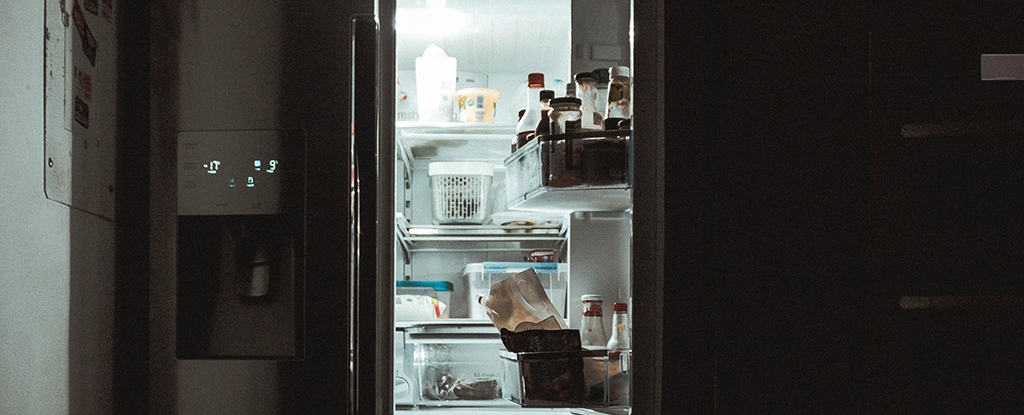Say hello to ionocaloric cooling.
https://www.science.org/doi/10.1126/science.ade1696
Fuck Science for paywalling research. May they rot in hell.
The article implies they are using electric charge to bring the ions into and out of solution to trigger melting and recrystalization. Does anyone have actual details about the process?
Also, is this paper saying it has a COP of 0.3? That’s terrible compared to typical evaporative refrigeration.
2 major problems with this.
-
The melting and freezing point of various materials is fixed. This is something that may work great at 90F but not so great at 100F.
-
Unless I’m reading this wrong, this requires the transport of solids or salty liquids. That’s going to be a challenge. Salty liquids tend to be corrosive and solids aren’t easily pumped places.
Beyond that, the article assumes that all refrigerants have high gwp. The industry is currently in the process of moving to either CO2 or propane. Both of which have fairly small gwp. They do have their own problems, CO2 needs high pressure and propane is explosive. However, they are workable and already in use.
The key reason we use gas is it can cold (or heat) at pretty wide temperature ranges.
-
Still waiting for the reverse cycle microwave…
Putting stuff in the freezer?
That’s more like a reverse convection oven. I’m looking for something that freezes the food in a few minutes by stopping the molecules moving :)
Just grip them real tight in your hand until they stop vibrating.
Okay, The Flash and / or Superman / Superwoman. I’ll just go ahead and tap into the speed force / energized solar radiation and do that.
Yeah! Don’t listen to that Boyle guy!
This sounds like a reverse entropy machine. I think the best way to accomplish this is to use a regular microwave and figure out how to reverse time.
best we can currently do is a blast freezer.
Putting salt on roads to prevent ice from forming is a common example of this in action.
A better example: lots of people use salt to force the ice to melt, to chill their beer faster. It’s the exact same principle as in the article.
The main issue is entropy - it’s hard to remove the salt off the liquid, to make it a solid again, if you want a continuous process. But perhaps if you use a “brine” vs. pure liquid, reverse osmosis could do the trick?
The second issue is that you need to work with a rather specific range of temperatures; make it too high and the liquid won’t become solid again, make it too low and it won’t melt even if you add the salt. This could be also solved by “bootstrapping” the process with the older HFC-based one, you’re still reducing HFC usage this way albeit not completely.
I doubt you could use an RO-like process for that. Aside from the filters needing servicing, you don’t really have closed loop RO. You’d have to plumb your appliance.
My reading of this write-up is that they can push the ions in with an electric charge and they’ll leave the solution when the charge is removed. The paper says they are able to trigger melting and recrystallization.
I JUST bought a new refrigerator yesterday and already it’s obsolete.
This post made me fix my refrigerator thank you









